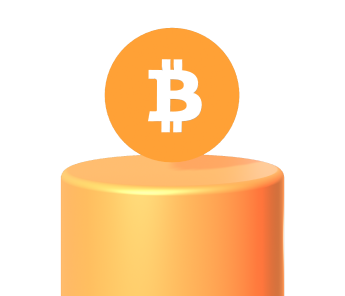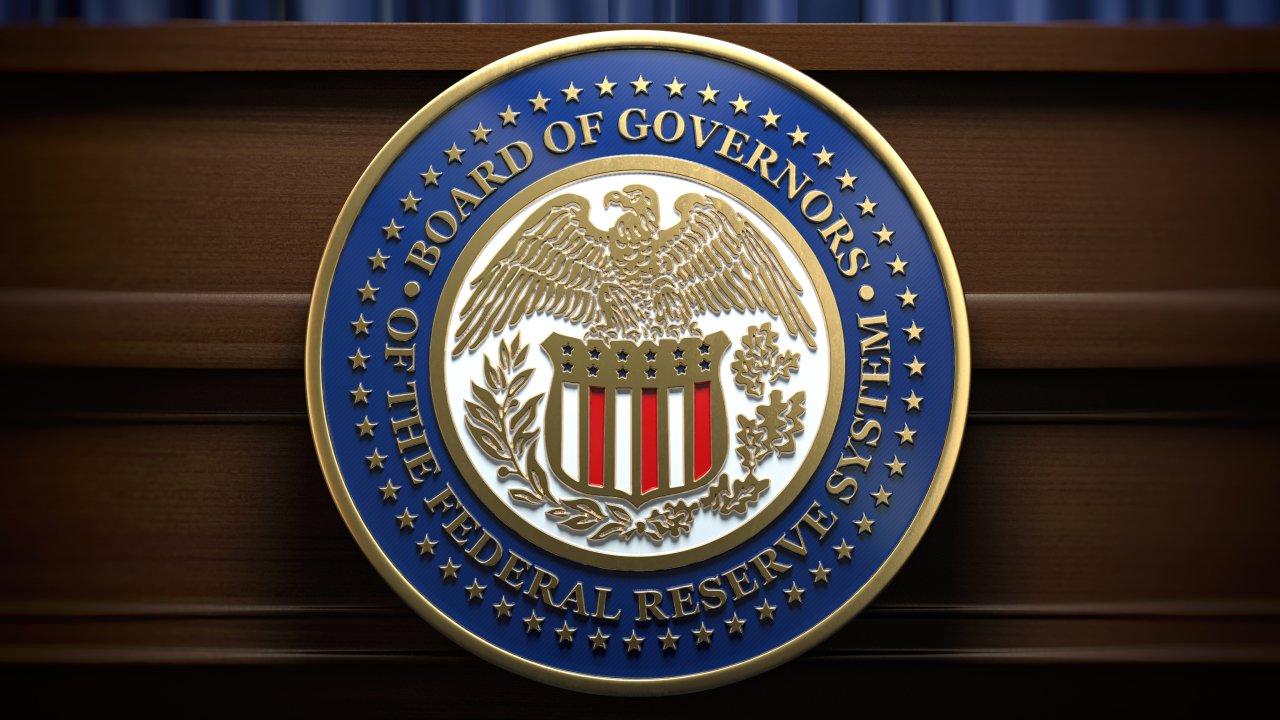The FED meeting on 7 November: the US central bank cut rates by 25 basis points. Discover the impact on markets and future rate expectations
The Federal Reserve met on 7 November 2024 to decide on interest rates. Since the FOMC did not meet in October, what happened after the 50 basis point cut in September? Could the combination of Donald Trump’s victory and the reduction in the cost of money further boost the price of Bitcoin?
Buy Bitcoin!
Economic indicators are influencing Fed decisions.
Before analysing what happened at the 7 November 2024 FED meeting, it is good to list the economic indicators that the US central bank assesses before deciding on interest rates.
One of the main objectives of the Fed’s monetary policy is to contain inflation. When prices rise excessively, the central bank raises interest rates to curb and stabilise demand. From August to October, the consumer price index (CPI), the main indicator used to estimate inflation, fell 50 basis points to an annual rate of 2.4 %, down from 2.9 %.
This slowdown in inflation was made possible by the restrictive monetary policies implemented by most Western countries in the past two years. Since, today, the situation seems to be under control, central banks are proceeding with progressive interest rate cuts in order to stimulate the economy after having previously cooled it down.
Employment and, thus, the health of the labour market also plays an important role in the Fed’s decisions. In recent months, the unemployment rate has been stable at around 4.2%, but if it had risen, it would have been necessary to intervene with a tighter plan of interest rate cuts. However, since this did not happen, the Fed could, and probably will, proceed gradually.
Finally, when the Fed decides on interest rates, it also considers Gross Domestic Product (GDP). Excessively fast economic growth may fuel inflation, while weak growth may suggest the need for economic stimulus, such as rate cuts. In October, economic growth in the US slowed, and the Fed responded with a 25 basis point rate cut.
Has the election of Donald Trump affected rates?
The election of Donald Trump did not affect the Federal Reserve’s November meeting, whose decision was in line with expectations on interest rates. Some experts thought that the FED might leave rates unchanged given the new US president’s willingness to apply tariffs on goods from abroad, particularly from China, which might raise inflation again in the future.
However, the majority still expected a 25 basis point cut, which, in fact, happened. Polymarket, the crypto world’s leading prediction market, effectively summarised the consensus view, which, as with the presidential election, guessed correctly.
Gregory Daco, Chief Economist of Ernest Young, one of the world’s leading consulting firms, was also of this view, stating on Wednesday: “Declining inflation and wage and productivity growth should favour a gradual recalibration of the Fed’s monetary policy with a 25 basis point rate cut after the election.”
November 2024 FED meeting: the impact on the market
It is very difficult to estimate the possible impact of the rate cut at the Fed’s meeting on 7 November 2024, mainly because it comes after the two most important days of the year. Wednesday saw the conclusion of the US elections, in which Donald Trump emerged as the winner, who will return to Capitol Hill after the Democratic interlude of the last four years.
Had Kamala Harris won, the situation would probably have been different. Still, the Republicans in power from January onwards will be the ones who have also won a majority in Congress. What has happened and all the promises associated with a new Trump mandate have caused the price of major assets, especially Bitcoin and Tesla shares, to explode upwards. Less than twenty minutes after the opening of the markets, spot ETFs on Bitcoin recorded $1 billion in volume, while on the day of 7 November, the absolute record of capital inflows was $1.38 billion.
Join Young Platform
However, the last word has yet to be said. Regarding the crypto world, what happened this week seems to have rekindled the bull market, which was abruptly interrupted in April after the all-time highs (ATH) were reached—historical highs which, again, have been updated in recent hours. Analysing the stock market, one can see that the main indices, above all, the S&P 500 and NASDAQ, have been recording bullish price movements at a very sustained pace for quite some time.
In short, the million-dollar question related to the FED meeting on 7 November is one: will the interest rate cut make the markets rise further, especially Bitcoin? Or will the major assets slow down after the bull run of the last few days?



